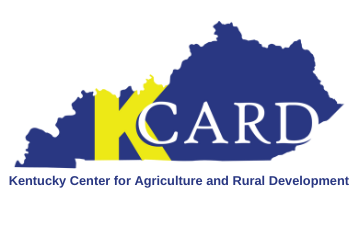We have all felt the increase in our bills at the grocery store this year, but what does that mean for farmers? The difference between retail prices of food and farm-level prices includes costs of distribution, processing, marketing, packaging, retailing, and more. The Agriculture Marketing Act of 1946 requires the USDA to publish information called the “Price Spreads from Farm to Consumer,” which allows us to track this difference – the spread – on specific items. The more processing an item requires, the larger the difference between farm and retail price. (Compare the farm share of bread to whole milk.)
The chart below shows recent data for select dairy, produce, grain, and oil products.
A lot of people and industries make money between the farm and the consumer, and that’s not an inherently bad thing. The services they provide are often needed. However, in consolidated food industries, farmers often don’t have much say or options on what their farm price is, and the variability from year to year can make profitability uncertain. This is one of the reasons KCARD often works with farmers who sell products outside of traditional agricultural markets and take on more of the “value-added” process on-farm.
When a farmer enters regional or local market channels, it’s not easy. They must often take on some or all of the services of the food system mentioned earlier, such as distribution, processing, marketing, packaging, and sales. This adds to the cost of doing business, but it comes with the benefit of making individualized decisions along each step of the “value chain,” allowing potentially for higher quality and certainly more diversity in the marketplace. Depending on the farm’s regional market channels, the farm has the potential to capture more cents on the dollar for a greater “farm share.”
One of the virtues of buying direct from farmers (CSA, farm stands, farmers markets) is that the price spread is zero! However, when individuals, businesses, and institutions support local foods through purchasing at restaurants, retail stores, or via distributors, the price spread is generally significantly lower due to the higher price received by the farmer. An example is purchasing Kentucky cheeses from your local grocery like Rainbow Blossom in Louisville, Good Foods Co-op in Lexington, or Midtown Market in Paducah, Local’s Food Hub in Frankfort, or even select Krogers stores. Many local retailers and distributors even offer a lower markup on local items than national brands to increase the sales and support local farmers.
If you have questions about how to support local farmers through your existing suppliers, or if you are a farmer wanting to explore adding value or increasing local food sales, reach out to KCARD at (859) 550-3972 or kcard@kcard.info and we’d love to help.


